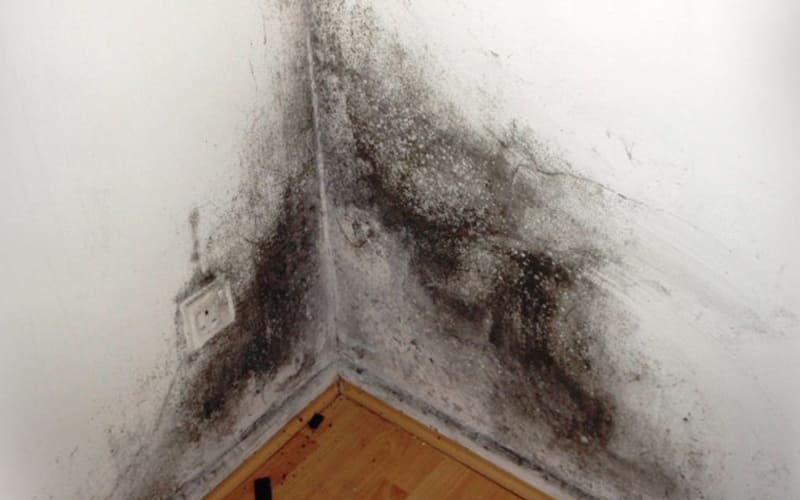Mold testing is an essential process for maintaining a healthy living environment, yet it comes with its own set of challenges, especially when it comes to handling and disposing of the materials involved. As you dive into the world of mold assessment, it’s crucial to understand that safety is paramount.
Those samples and testing kits, while valuable for identifying potential health hazards, can also pose risks if not managed properly. From understanding the types of mold encountered to implementing the right protective measures, this article will guide you through the labyrinth of mold testing.
We’ll explore best practices, necessary precautions, and the most effective disposal methods to ensure that you’re not just protecting your space, but also safeguarding your health and the environment. Step into this informative journey, and empower yourself with the knowledge to tackle mold testing safely and responsibly.
Safety Precautions When Handling Mold Testing Materials

When handling mold testing materials, it’s essential to prioritize safety to protect yourself from potential health risks. Start by donning appropriate personal protective equipment (PPE), which should include gloves, goggles, and a mask designed to filter out spores and allergens.
Ensure that your workspace is well-ventilated; open windows or use fans to circulate air, reducing the chances of inhaling hazardous particles. Keep mold testing kits away from children and pets, as their curious natures can lead to accidental exposure or contamination.
Additionally, familiarize yourself with the manufacturer’s instructions regarding the use and disposal of these materials. Remember, mold can be unpredictable and hazardous; always err on the side of caution, seeking professional help if you encounter extensive contamination.
By taking these precautions, you can navigate the complexities of mold testing with confidence and care.
Safe Disposal of Mold Testing Materials

Safe disposal of mold testing materials is essential not only for health reasons but also for environmental protection. After conducting mold tests, all materials such as swabs, petri dishes, and any disposable equipment used must be treated with caution.
First, seal these items in plastic bags to prevent any spores from escaping into the air or contaminating surfaces. It’s crucial to identify local regulations regarding hazardous waste disposal—some materials may need to be taken to specialized facilities for safe handling.
For less hazardous items, double-bagging and placing them in regular trash might suffice, but always confirm the specific guidelines in your area. Additionally, wear protective gloves during the disposal process to minimize contact with any mold remnants.
Remember, the goal is to ensure that every step taken goes beyond mere compliance; it’s about safeguarding your health and the surrounding community.
Best Practices for Mold Testing Material Safety

When embarking on mold testing, prioritizing material safety is paramount to ensuring both accurate results and the protection of health. First and foremost, wearing appropriate personal protective equipment (PPE) is essential—think gloves, masks, and goggles—to create a barrier against potential airborne spores and contact with hazardous surfaces.
Additionally, it’s wise to select testing kits from reputable suppliers, as these come with clear labeling and safety instructions that can guide you through proper handling protocols. As you gather samples, use sterile containers to avoid contamination, while also ensuring your workspace is well-ventilated to minimize inhalation risks.
After testing, consider double-bagging materials in sealed plastic to prevent any spores from escaping during disposal. Always adhere to local regulations regarding hazardous waste; this ensures not only your safety but also that of the environment.
By integrating these practices, you can navigate the complexities of mold testing with confidence and care, safeguarding both your health and your surroundings.
Conclusion
In conclusion, safely handling and disposing of mold testing materials is essential for both personal health and environmental safety. By adhering to proper safety protocols, including the use of protective gear and following local regulations for disposal, individuals can minimize risks associated with mold exposure.
Specifically, when conducting Black Mold Testing, it is crucial to be diligent in the collection and management of samples to prevent spreading mold spores. By being informed and cautious, you can effectively manage the challenges posed by mold while ensuring a safer living and working environment for everyone.


